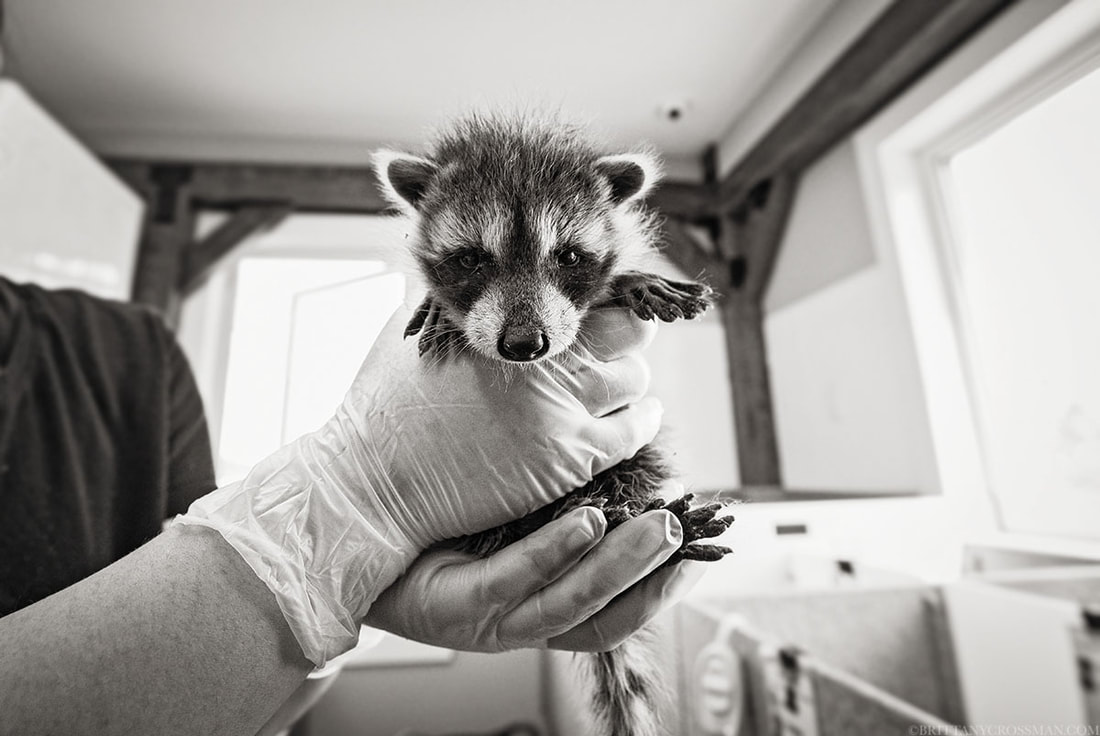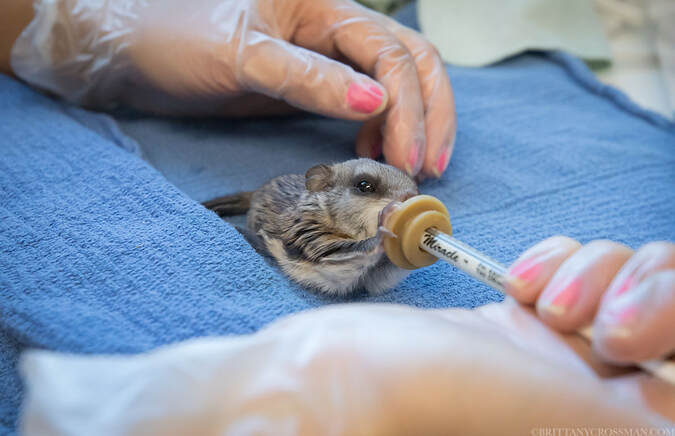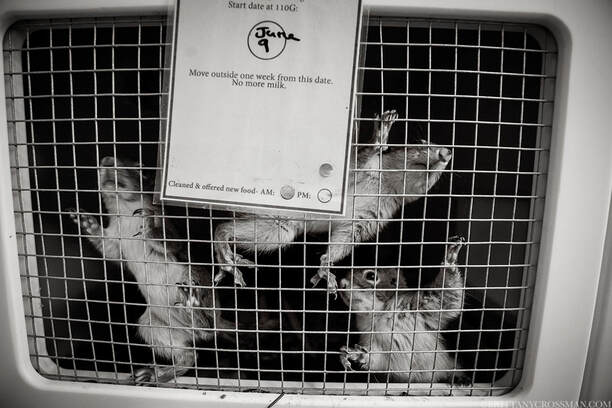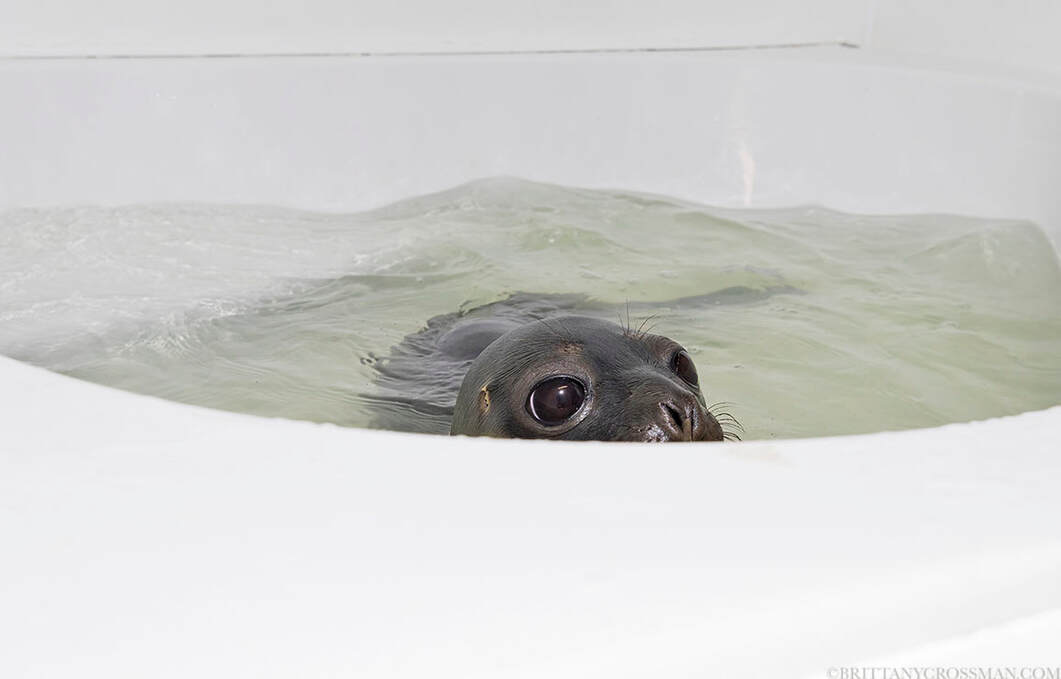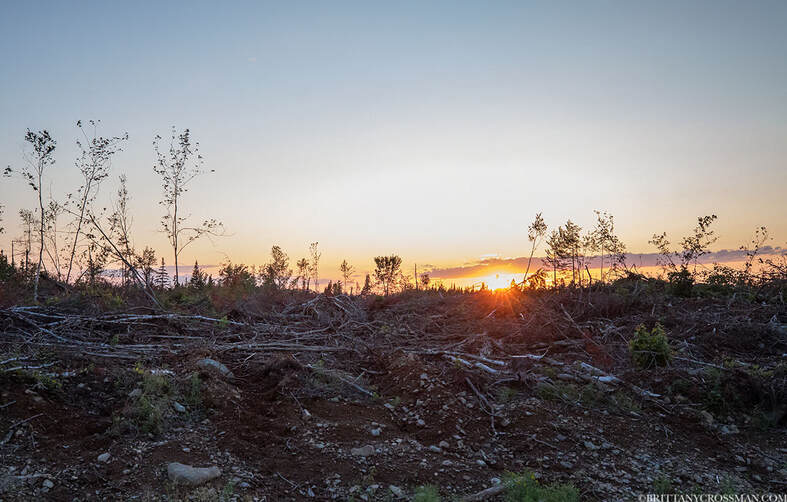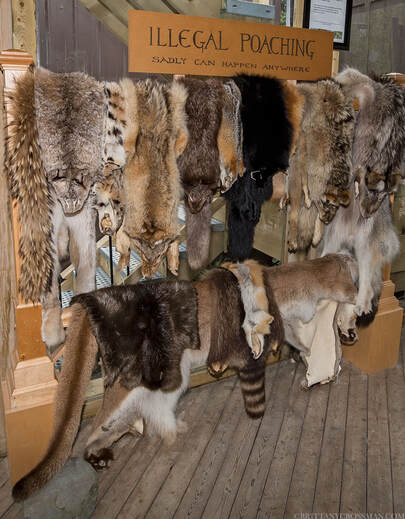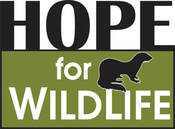Second Chance: a look behind the scenes of wildlife rehabilitation
Over the past couple of years, I’ve been working on a photo project at Hope for Wildlife documenting the people, animals, and heart & soul that goes into wildlife rehabilitation. For those not familiar with the work of wildlife rehabbers, their mission is to rescue, rehabilitate, and release local wildlife. Not only do they provide extraordinary care for the animals, but they also educate, and inspire the public about local wildlife.
Why does wildlife end up at rehabilitation centers? For many reasons, such as; vehicle collisions, window strikes, attacks by pets, orphaned/displaced, and at times because people don’t want these animals on their property (just to name a few). These rehabs play an important role in the community, collecting data annually, participating in public outreach, protecting threatened species, and most importantly fostering a connection to nature that a lot of people seem to have lost. A lot of dedication, funds, blood, sweat, and tears goes into the work of wildlife rehabbers. For every success story, there is heartbreak. Needless to say, it isn’t an easy job, but I am extremely grateful for the people that have dedicated their lives to giving a second chance to the wildlife we share this planet with.
Every living being counts, one species isn’t prioritized over the other. From deer mice to white-tailed deer, from least concern to endangered, every animal is given due care. Some argue that one individual life doesn’t matter in the grand scheme of things. However, that one life released back into the population is a potential mate, prey, predator, back into the ecosystem where it belongs. The majority of these animals are admitted due to human related conflicts, and quite frankly, humans have upset the balance enough as it is.
Wildlife admissions also give rehabbers an idea where there are frequent animal-vehicle collisions, in which they can advise the public where to drive with caution, protecting both wildlife, and people. Disease monitoring is another important role that rehabbers take on. Receiving wildlife helps pinpoint areas that are struggling environmentally, i.e plastics, oil, and pollution. Therefore, their job doesn't just entail individual patients and extends to a much broader range. Wildlife rehabs don’t particularly want a plethora of incoming wildlife, and strive to educate the public on how to avoid these unfortunate situations. Sometimes it's just as simple as putting up window stickers for preventing birds from striking windows. Other times it is more creative methods like ethically evicting a raccoon family from an attic by playing loud music. There are solutions to some of the issues we cause, or run into. We have to remember that we humans are continuously expanding, exploiting natural resources, and encroaching on wild lands which has negative ramifications to vulnerable species of flora and fauna. One step in the right direction is learning how to coexist with wildlife. The other is trying to minimize our carbon footprint. Simply, we need to start recognizing that non-human lives are valuable, contributing to the overall health of the planet.
You can make a donation to Hope for Wildlife by visiting the following link or clicking the above image: https://www.hopeforwildlife.net/donations
